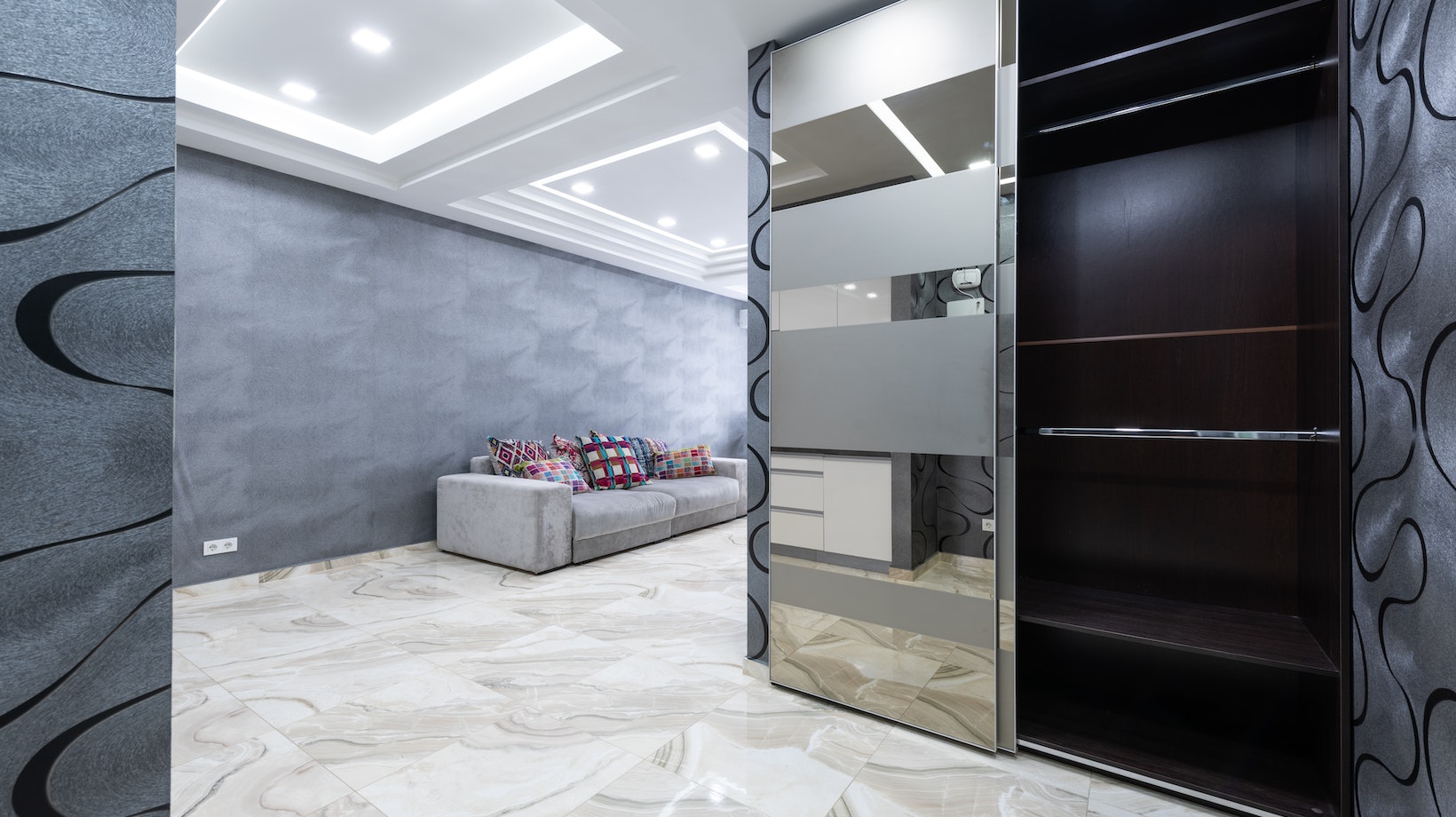
Closet Doors Track Systems
Let’s dive right into the world of closet doors track systems. They’re an essential part of any well-organized wardrobe, and yet we often overlook their importance. You see, it’s these handy mechanisms that allow our closet doors to slide open and closed with ease.
At their core, most closet door track systems are built around a simple principle: they use tracks and rollers to guide your door smoothly along its path. It doesn’t matter if you’ve got a single or double door setup – there’s a tracking system out there for every type of closet door. There are many different types of closet doors track systems available today:
- Top Hung Tracks: These are mounted above your door, carrying all its weight. They require sturdy overhead support but provide smooth operation and minimal floor disruption.
- Bottom Rolling Tracks: Installed at the bottom, these tracks bear the full load of the door. They don’t need any overhead support but require a clean and level floor for optimal functioning.
- Bi-Fold Door Tracks: Specially designed for bi-fold doors, these systems utilize pivot brackets and guide rollers for smooth folding action.
- Multi-Slide Door Tracks: Ideal for larger closets with multiple sliding panels.
Selecting the right type depends heavily on factors like your door weight, material used, amount of usage it will get as well as overall aesthetics desired.
While installing these tracking systems might seem daunting at first glance, most come with detailed instructions that make DIY installation possible (though professional help isn’t frowned upon!). And remember – regular maintenance is key! Keep those tracks debris-free and lubricated to ensure long-lasting performance from your closet doors track system.

Choosing the Right Track System for Your Closet Doors
Embarking on a closet makeover? We’re here to help you pick the perfect track system for your closet doors. It’s not always a straight-forward task, but we’ve got some tips that’ll make it easier.
Firstly, consider the type of closet doors you have. There are three main types: sliding, bi-fold and bypass doors. Each has its own unique track system requirements. For instance, sliding doors run on single tracks while bi-fold and bypass doors often require double tracks.
Next up is material choice – what should your track be made of? Here’s where durability meets style! Common materials include plastic, metal or wood.
We can’t stress enough how crucial measurements are in this process! You’ll need to accurately measure the width of your door opening as well as the height from the floor to ensure a seamless fit.
Lastly, don’t forget about installation ease and cost considerations when choosing a system. A complex track system might look great, but if it’s difficult to install or out of your budget range, it may not be practical for you.
Installation Guide for Closet Door Tracks
We’re here to help you install your closet door track system. It’s a task that may seem daunting, but with the right guidance and a patient approach, it’s entirely doable. There are several steps you’ll need to follow to ensure your tracks are installed correctly.
Firstly, let’s gather all the necessary tools and materials. Next up is measuring. You’ve got to measure twice so we only have to cut once! Remember to measure the width of your closet opening at both top and bottom – sometimes they aren’t exactly identical due to uneven floors or ceilings.
With measurements in hand, now we’re ready to attach the track. Depending on what type of system you have chosen for your closet doors, track systems installation will vary slightly. Typically though, aligning the top track with your markings from earlier before screwing it into place is how this step goes down.
After getting our tracks secured nicely in place comes arguably one of the most important parts – installing the rollers onto our doors! This process involves attaching each roller at an equal distance from both ends of each door panel following manufacturer’s instructions.
Installing a closet door track system can seem like a big job – but it doesn’t have to be overwhelming if tackled methodically following these key steps.





